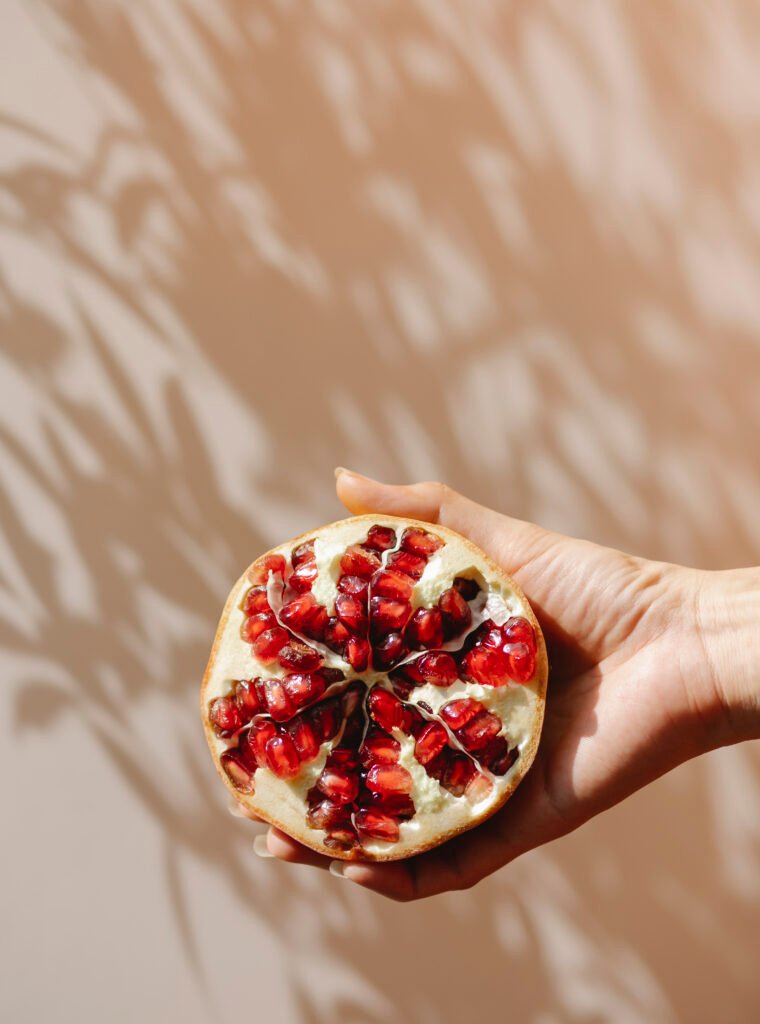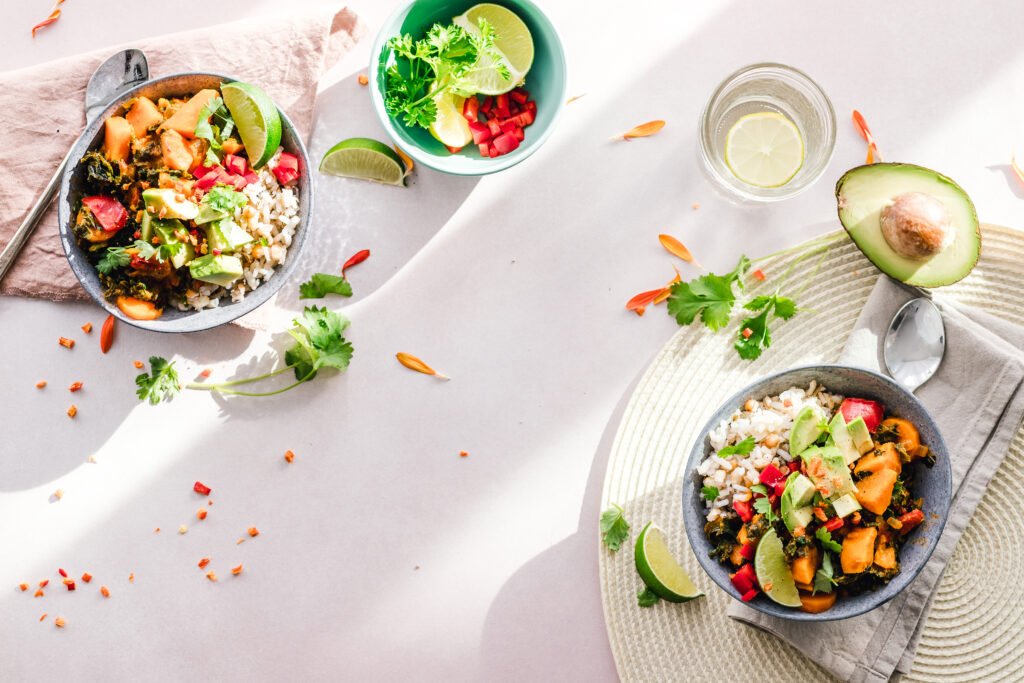Are you craving a delicious and healthy meal that is also vegan-friendly? Look no further than the mouthwatering Vegan Pad Thai. This Thai-inspired dish is a tantalizing combination of stir-fried rice noodles, crisp vegetables, and a scrumptious homemade sauce. With its vibrant flavors and colorful presentation, this dish is sure to satisfy your taste buds and leave you asking for seconds. Whether you are a dedicated vegan or simply looking to add more plant-based options to your diet, Vegan Pad Thai is a must-try!
Ingredients
Rice noodles
Rice noodles are the base of any great vegan Pad Thai dish. They provide a light and chewy texture that pairs perfectly with the other ingredients. Look for rice noodles that are specifically made for stir-frying, as they hold up better during cooking. You can find them in the Asian section of your local grocery store or at specialty Asian markets.
Tofu
Tofu is a versatile and protein-rich ingredient that adds substance to the vegan Pad Thai. It absorbs the flavors of the sauce and complements the other ingredients nicely. Firm tofu works best for stir-frying, as it holds its shape and texture. Press the tofu before cooking to remove excess moisture and enhance its ability to absorb flavors.
Vegetables
A colorful array of vegetables adds freshness and vibrant flavors to the vegan Pad Thai. Traditional choices include carrots, bell peppers, bean sprouts, and green onions. However, feel free to customize the vegetable selection according to your preferences and what you have on hand. Adding some leafy greens like spinach or kale can also be a great way to boost the nutritional value of the dish.
Sauce
The sauce is what brings all the flavors together in a vegan Pad Thai. A typical sauce consists of a combination of tamari or soy sauce, lime juice, brown sugar or another sweetener, and chili paste. Feel free to adjust the proportions of each ingredient to suit your taste. If you prefer a spicier Pad Thai, add more chili paste. If you like it sweeter, increase the amount of brown sugar.
Toppings
Toppings are the finishing touch that adds a burst of flavor and texture to your vegan Pad Thai. Traditional toppings include chopped peanuts or cashews, cilantro, lime wedges, and chili flakes. These toppings add a delightful crunch, freshness, and tanginess to the dish. Feel free to experiment with additional toppings such as crushed red pepper, shredded coconut, or even crispy fried shallots.
Preparation
Cooking the rice noodles
To cook the rice noodles, start by soaking them in warm water for about 15 minutes or until they become pliable. Then, drain the noodles and cook them in a pot of boiling water for about 3-5 minutes or until they are tender but still slightly firm. Be careful not to overcook them, as they can become mushy. Once cooked, drain the noodles and rinse them with cold water to prevent them from sticking.
Preparing the tofu
Preparing the tofu involves pressing it to remove excess moisture and then marinating it for added flavor. To press the tofu, place it between two plates or cutting boards and weigh it down with something heavy, like a can or a book. Let it press for at least 30 minutes to extract the water. After pressing, cut the tofu into bite-sized cubes or strips. You can then marinate the tofu in a mixture of soy sauce, lime juice, and a dash of brown sugar for about 15-30 minutes before cooking.
Preparing the vegetables
Start by washing and chopping your choice of vegetables into bite-sized pieces. If using carrots, you can julienne them or cut them into thin matchsticks. Bell peppers can be sliced into strips or diced. Bean sprouts should be rinsed thoroughly and drained. Green onions can be sliced diagonally into small pieces. Preparing the vegetables in advance will make the cooking process smoother and save you time.
Making the sauce
The sauce is what gives the vegan Pad Thai its distinct flavor profile. In a small bowl, whisk together tamari or soy sauce, lime juice, brown sugar or another sweetener of your choice, and chili paste. Adjust the taste by adding more or less of each ingredient according to your preference. You can also add a splash of water or vegetable broth if you prefer a thinner sauce consistency.

Cooking Instructions
Stir-frying the tofu
Heat a tablespoon of oil in a large skillet or wok over medium heat. Add the marinated tofu and cook for about 5-7 minutes or until the tofu is golden brown and crispy. Make sure to stir occasionally to ensure even cooking. Remove the tofu from the skillet and set it aside.
Stir-frying the vegetables
In the same skillet or wok, add another tablespoon of oil and heat it over medium-high heat. Add the chopped vegetables and stir-fry them for about 3-5 minutes or until they are tender-crisp. It’s important not to overcook the vegetables as they should retain their crunch. Remove the vegetables from the skillet and set them aside.
Combining the ingredients
Return the cooked tofu to the skillet and add the cooked rice noodles. Pour the prepared sauce over the tofu and noodles and toss everything together until well coated. Continue to stir-fry for another 2-3 minutes, allowing the flavors to meld together. Be gentle when stirring to avoid breaking the noodles. Make sure all the ingredients are evenly distributed and heated through before moving on to the next step.
Garnishing and Serving
Adding toppings
Once the vegan Pad Thai is cooked, it’s time to garnish it with toppings. Sprinkle a handful of chopped peanuts or cashews over the dish for a delightful crunch. Add some chopped cilantro or Thai basil to enhance the freshness of the flavors. Squeeze some lime wedges over the top to add a tangy kick. For an extra touch of heat, sprinkle some chili flakes or drizzle hot sauce over the finished dish.
Serving the Vegan Pad Thai
Transfer the vegan Pad Thai to serving plates or bowls. You can serve it as is or alongside additional lime wedges for squeezing over each serving. The vibrant colors and aromatic flavors of the Pad Thai will surely impress your guests or satisfy your own cravings. Enjoy it while it’s still warm for the best taste and texture.

Alternative Ingredients
Use different noodles
While rice noodles are traditional for Pad Thai, you can also experiment with other types of noodles. Try using soba noodles, which are made from buckwheat and have a slightly nutty flavor. Alternatively, you can use whole wheat noodles or even zucchini noodles for a lighter option.
Substituting tofu with tempeh
If you’re not a fan of tofu or just want to switch things up, tempeh can be a great alternative. Tempeh is made from fermented soybeans and has a firmer texture compared to tofu. It has a nutty flavor that pairs well with the other ingredients in Pad Thai. Simply prepare and marinate the tempeh as you would with tofu, then proceed with the cooking instructions.
Customizing vegetables
While the traditional vegetable choices for Pad Thai are delicious, you can always customize the vegetable selection to suit your taste and dietary preferences. Consider adding broccoli florets, snap peas, or even mushrooms to the mix. Get creative and experiment with your favorite veggies to make the dish your own.
Varied sauce options
The sauce in Pad Thai is customizable to suit your taste buds. If you prefer a sweeter Pad Thai, increase the amount of brown sugar or use a sweet chili sauce instead of chili paste. To enhance the tanginess, add more lime juice or use tamarind paste. If you like a spicier kick, increase the amount of chili paste or add fresh chopped chili peppers. Feel free to adjust the sauce according to your flavor preferences.
Nutritional Benefits
High in protein
Vegan Pad Thai provides a good amount of protein, thanks to the tofu and nuts used in the dish. Tofu is a complete source of plant-based protein and is rich in essential amino acids. Adding nuts to the dish provides additional protein, as well as healthy fats and essential minerals.
Rich in fiber
Pad Thai offers a good amount of dietary fiber, especially when made with whole wheat or rice noodles. The vegetables also contribute to the fiber content, which aids digestion and promotes a healthy gut. This fiber-rich meal can help stabilize blood sugar levels and promote satiety.
Packed with vitamins and minerals
The variety of vegetables used in Pad Thai provides a wide range of essential vitamins and minerals. Carrots, bell peppers, and green onions are rich in vitamins A and C, while bean sprouts contribute vitamins C and K. Minerals like potassium, magnesium, and calcium are also present in the dish, making it a nutritious choice for your overall well-being.

Allergy-Friendly Option
Gluten-free variation
For those with gluten sensitivities or following a gluten-free diet, it’s important to choose gluten-free rice noodles and tamari or soy sauce. These options are widely available in most grocery stores or Asian markets. Rest assured, you can still enjoy a delicious and authentic vegan Pad Thai while adhering to your dietary needs.
Soy-free alternative
If soy is not part of your diet, you can substitute the tofu with other protein sources such as tempeh, edamame, or even chickpeas. Be sure to adjust the cooking instructions accordingly. Additionally, opt for a soy-free sauce alternative by using coconut aminos or tamari sauce made without soy.
Tips and Variations
Adding crushed peanuts
For an extra bit of crunch and flavor, crush some peanuts and sprinkle them on top of the Pad Thai just before serving. This simple addition adds a delightful texture and nuttiness to the dish.
Using lime wedges
Serving lime wedges alongside the Pad Thai allows each person to squeeze fresh lime juice over their portion. The acidity of the lime juice brightens up the flavors and adds a tangy element to the dish.
Adding spice
If you enjoy spicy food, customize the level of heat in your Pad Thai by adding extra chili paste, red pepper flakes, or fresh chili peppers. Adjust the amount to your preferred spice level and enjoy the fiery kick.
Adding bean sprouts
Bean sprouts are a traditional ingredient in Pad Thai and can be added to the stir-fry during the vegetable cooking stage. They add a satisfying crunch and fresh flavor to the dish. Be sure not to overcook them, as they should retain their crispness.
Make-Ahead and Storage
Preparing in advance
You can prepare certain components of the vegan Pad Thai in advance to save time and make meal prep easier. For example, you can cook the rice noodles a day ahead and store them in an airtight container in the refrigerator. Press and marinate the tofu in advance, then refrigerate until ready to cook. Additionally, you can wash, chop, and store the vegetables in separate containers for easy access when it’s time to cook.
Storage and reheating
If you have leftovers, store the vegan Pad Thai in an airtight container in the refrigerator for up to 3-4 days. When reheating, add a splash of water or vegetable broth to the pan to help restore moisture. Gently stir-fry the dish over medium heat until heated through, being careful to avoid overcooking the noodles. Adjust the seasoning if needed and garnish with fresh toppings before serving.
Conclusion
Vegan Pad Thai is a delicious and satisfying dish that showcases the versatility and flavors of plant-based ingredients. With rice noodles, tofu, an array of vegetables, a savory sauce, and a variety of toppings, this recipe offers a balanced and nutritious meal. Whether you prefer traditional ingredients or enjoy experimenting with variations, vegan Pad Thai is sure to impress and delight your taste buds. So gather your ingredients, follow the simple step-by-step instructions, and enjoy a homemade vegan Pad Thai that is both hearty and wholesome.

